Growing up in our small Filipino kitchen, the sound of garlic hitting hot oil at 6 AM was better than any alarm clock. My father, still in his white sando and checkered shorts, would expertly toast the bawang until our entire house smelled like heaven.
This Filipino Sinangag recipe, his signature Filipino garlic fried rice that turned our leftover kanin into breakfast gold, is the exact same one he taught me when I was nine, standing on a little bangkito just to reach the kawali.
Today, as I make this for my own family, that familiar aroma still brings me back to those precious mornings, watching Papa meticulously brown each piece of garlic.
Whether you're craving the ultimate silog breakfast or looking to transform last night's rice into something still delicious, this foolproof sinangag recipe captures that authentic Filipino breakfast experience that's been satisfying Filipino families for generations.
Jump to:
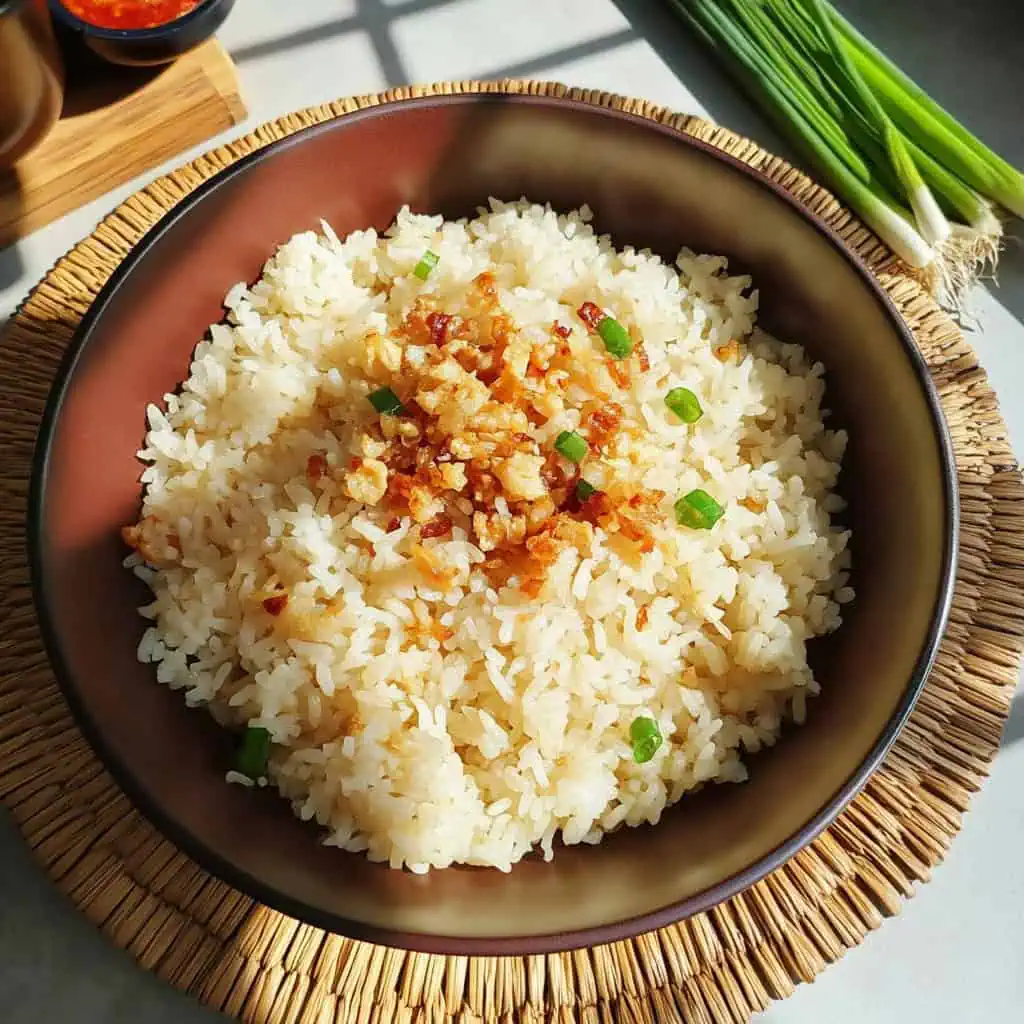
Why You'll Love This Recipe
- Authentic Flavor: Learn the secrets to achieving that distinctive Filipino breakfast taste
- No Waste: Perfect way to transform leftover rice into something magical
- Quick & Easy: Ready in just 20 minutes with minimal ingredients
- Versatile: Pairs perfectly with any protein for a complete "-silog" meal
- Cost-Effective: Uses basic pantry ingredients
- Restaurant Quality: Make garlic rice that rivals your favorite carinderia
Ingredients
These ingredients create the perfect sinangag through their simple harmony. Day-old rice provides the ideal dry texture that absorbs flavor without becoming mushy. Generous amounts of garlic deliver that signature Filipino aroma and taste that makes sinangag special.
Neutral oil allows the garlic to shine while creating the perfect frying medium. Salt and pepper enhance without overpowering, letting the toasted garlic remain the star. This minimal ingredient list stays true to tradition while producing maximum flavor, proving that sometimes the simplest combinations create the most beloved dishes.
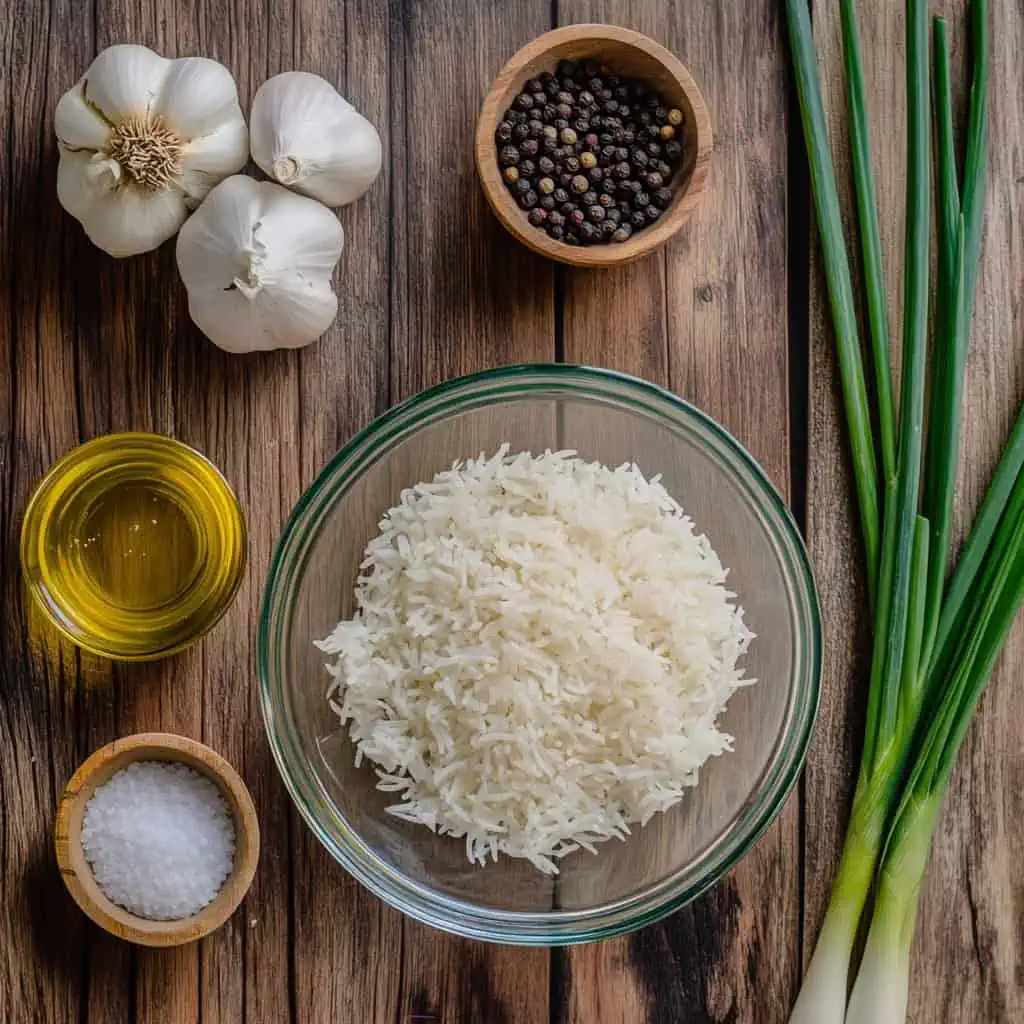
- 4 cups cold cooked white rice - Day-old rice works best for perfect texture
- 1 whole head garlic, peeled and finely minced - The star ingredient for authentic flavor
- ¼ cup cooking oil - Neutral-flavored like canola or vegetable oil
- Salt to taste - For balancing the flavors
- Fresh ground black pepper to taste - For a subtle warmth
- Optional: 2 stalks green onions, finely chopped - For fresh color and flavor
Equipment
- Large wok or wide skillet (kawali) - Provides ample surface area for rice to crisp properly
- Wooden spoon or spatula (sandok) - For stirring without breaking rice grains
- Garlic crusher (optional) - Makes mincing garlic faster and more consistent
- Small strainer or slotted spoon - For removing toasted garlic from oil
- Paper towels - For draining excess oil from toasted garlic
- Heat-resistant bowl - For holding toasted garlic while completing the dish
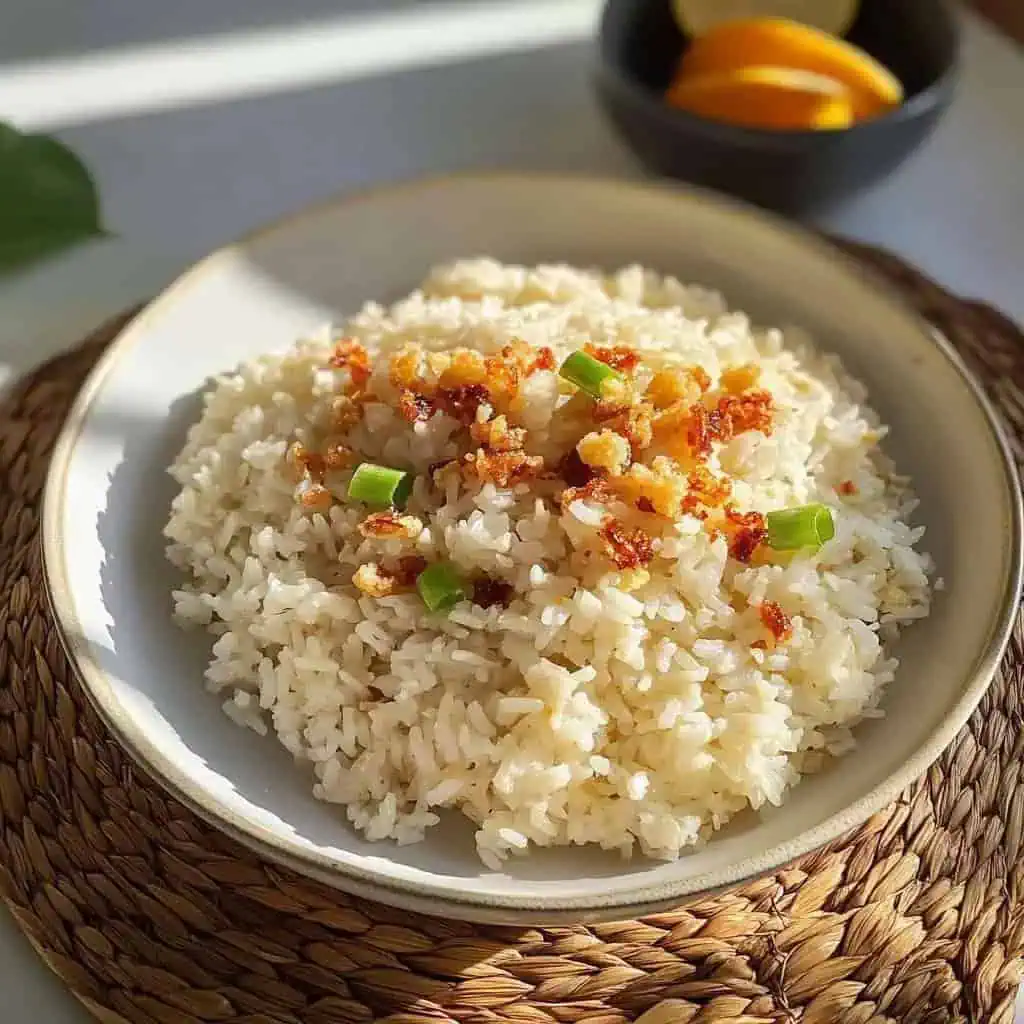
How To Make
- Prepare the rice: Break apart the cold cooked rice to separate the grains and remove any lumps. Day-old rice works best as fresh rice can become mushy.
- Prepare the garlic: Peel and finely mince an entire head of garlic, ensuring uniform, small pieces for even cooking.
- Toast the garlic: Heat ¼ cup of neutral cooking oil in a large wok or skillet over low heat. Add the minced garlic and stir constantly until it turns golden brown, about 2-3 minutes. Watch carefully to prevent burning. Remove the toasted garlic with a strainer, leaving the garlic-infused oil in the pan. Place garlic on paper towels to drain.
- Fry the rice: Increase heat to high, leaving about 2 tablespoons of the garlic-infused oil in the pan. Once the oil is very hot, add the cold rice and spread it in an even layer. Let it toast for 45 seconds without stirring - listen for the "singing rice" sound that indicates it's getting crispy.
- Complete the dish: Toss the rice and repeat the toasting process 3-4 times. Add back about three-quarters of the toasted garlic, season with salt and pepper to taste. Toss until well combined and heated through.
- Serve: Transfer to a serving dish and top with the remaining toasted garlic. Optionally garnish with finely chopped green onions. Serve hot with your choice of protein and fried egg for a complete silog meal.

Tips from Lola's Kitchen
- Use day-old refrigerated rice - Fresh rice contains too much moisture and will become mushy
- Never wash the rice before frying - Moisture is the enemy of crispy fried rice
- Be generous with garlic - There's no such thing as too much in authentic sinangag
- Low and slow for garlic toasting - Prevents bitterness and ensures even golden color
- Hear the "singing" - When rice sizzles and pops slightly, it's developing those delicious crispy bits
- Keep the rice moving - After the initial crisping, frequent tossing ensures even cooking
- Season at the end - Adding salt too early can make rice stick to the pan
- Prep ahead - Mince garlic the night before to save morning preparation time
Substitutions
- Rice: While jasmine rice is traditional, any long-grain rice works well
- Oil: Substitute canola oil with vegetable oil or even coconut oil for a slight flavor variation
- Garlic: In an absolute emergency, use 1 tablespoon garlic powder, but fresh is significantly better
- Add-ins for variation:
- Beaten egg (stirred directly into hot rice)
- Day-old adobo flakes for extra flavor
- Crushed chicharon (pork rinds) for texture and richness
- Diced scallions or cilantro for freshness
Troubleshooting
Problem: Mushy Rice
- Cause: Rice too fresh or contains too much moisture
- Solution: Spread on baking sheet, refrigerate uncovered for 1-2 hours before cooking
Problem: Burnt Garlic
- Cause: Heat too high, inconsistent stirring
- Solution: Use low heat, stir constantly, and remove from oil the moment it turns golden
Problem: Rice Sticking to Pan
- Cause: Pan not hot enough or too little oil
- Solution: Ensure pan is very hot before adding rice, and use sufficient oil
Problem: Bland Flavor
- Cause: Not enough garlic or improper seasoning
- Solution: Be generous with garlic and properly season with salt at the end
Storage & Reheating
- Refrigerate: Store in an airtight container for up to 3 days
- Freeze: Can be frozen for up to 1 month in portioned freezer bags
- Reheating methods:
- Stovetop (best method): Pan-fry with a little oil until heated through and crispy again
- Microwave: Cover with damp paper towel and heat in 30-second intervals
- Steamer: Steam for 2-3 minutes until heated through

FAQ
Can I use freshly cooked rice?
While possible, day-old rice gives significantly better results. If using fresh, cool it completely and dry in the refrigerator for at least 1 hour before frying.
How much garlic is too much garlic?
In traditional Filipino cooking, there's no such thing as too much garlic in sinangag! One whole head per 4 cups is standard, but adjust to your preference.
Why separate the toasted garlic from the oil?
This two-stage process prevents the garlic from burning while allowing its flavor to infuse the oil. The separated garlic retains its texture and provides bursts of flavor throughout the dish.
Can I make this ahead for meal prep?
Absolutely! Many say it tastes even better the next day. Store in airtight containers and reheat as directed above.
Why is my sinangag not as flavorful as at restaurants?
Restaurant-quality sinangag often comes down to four factors: generous garlic, proper rice dryness, high heat cooking, and proper salt seasoning at the end.
Can I add vegetables or meat?
While traditional sinangag is simple, you can add small amounts of finely diced vegetables or leftover meat. Just remember that authentic sinangag lets the garlic flavor shine.
Is sinangag only for breakfast?
While traditionally a breakfast staple, sinangag is enjoyed throughout the day in Filipino culture and makes an excellent side dish for any meal.
Related
Looking for other recipes like this? Try these:

Sinangag (Filipino Garlic Fried Rice)
Equipment
- Large wok or wide skillet (kawali)
- Wooden spoon or spatula (sandok)
- Garlic crusher (optional)
- Small strainer or slotted spoon
- Paper towels
Ingredients
- 4 cups cold cooked white rice kanin
- 1 whole head garlic bawang, peeled and finely minced
- ¼ cup cooking oil neutral-flavored like canola
- Salt asin to taste
- Fresh ground black pepper paminta to taste
- Optional: 2 stalks green onions dahon ng sibuyas, finely chopped
Instructions
- Begin by breaking apart the cold cooked rice to separate the grains and remove any lumps. Day-old rice (pinatuyo) works best as fresh rice can become mushy. Peel and finely mince an entire head of garlic (dikdikin ang bawang), ensuring uniform, small pieces for even cooking.
- Heat ¼ cup of neutral cooking oil in a large wok or skillet (kawali) over low heat (kaunting apoy). Add the minced garlic (bawang) and stir constantly until it turns golden brown (kulay ginto), about 2-3 minutes. Watch carefully to prevent burning. Remove the toasted garlic with a strainer, leaving the garlic-infused oil in the pan. Place garlic on paper towels to drain.
- Increase heat to high (malakas na apoy), leaving about 2 tablespoons of the garlic-infused oil in the pan. Once the oil is very hot, add the cold rice and spread it in an even layer. Let it toast for 45 seconds without stirring - listen for the "singing rice" sound that indicates it's getting crispy.
- Toss the rice and repeat the toasting process 3-4 times. Add back about three-quarters of the toasted garlic, season with salt (asin) and pepper (paminta) to taste. Toss until well combined and heated through.
- Transfer to a serving dish and top with the remaining toasted garlic. Optionally garnish with finely chopped green onions (dahon ng sibuyas). Serve hot with your choice of protein and fried egg for a complete silog meal.
Tips from Lola's Kitchen
- "Pinatuyo" (day-old) rice is best - fresh rice will become mushy
- Never wash the rice before frying - moisture is the enemy
- Use tons of garlic - there's no such thing as too much
- Low and slow for garlic toasting prevents bitterness
- Listen for the "singing rice" sound - when it sizzles, it's getting crispy
Nutrition
The Story Behind Sinangag (Filipino Garlic Fried Rice)
In Filipino homes, where rice is life, nothing signals the start of a perfect morning quite like the intoxicating aroma of garlic being toasted to golden perfection. Sinangag, our beloved garlic fried rice, was born from the practical wisdom of Filipino households where waste was never an option and leftover rice was transformed into something magical the next day.
This humble dish traces its roots to the resourceful Filipino home cooks who discovered that day-old rice, when fried with an abundance of garlic, didn't just salvage yesterday's leftovers – it created something even more delicious. The practice became so deeply embedded in Filipino culture that many would intentionally cook extra rice for dinner, anticipating the garlicky breakfast to come.
The popularity of sinangag soared with the rise of "silog" meals in the 1970s, a combination that pairs this garlic fried rice with various proteins and a sunny-side-up egg. Whether it's tapsilog (with cured beef), longsilog (with Filipino sausage), or tocilog (with sweet pork), the garlic rice remains the heart of these beloved breakfast combinations.
Unlike other Asian fried rice variations that often incorporate numerous ingredients, sinangag's beauty lies in its simplicity. The magic happens when humble ingredients – garlic, rice, oil, salt, and pepper – come together through a technique passed down through generations. It's this minimalist approach that allows the toasted garlic to shine, creating a breakfast staple that has sustained Filipino families from humble countryside homes to bustling city kitchens.
Today, while modern Filipino restaurants worldwide are reimagining traditional dishes, sinangag remains largely unchanged – a testimony to its perfection in simplicity. From street-side carinderias to high-end Filipino restaurants, the distinctive aroma of garlic being toasted for sinangag continues to be one of the most beloved scents in Filipino cuisine, evoking memories of family breakfasts and the comfort of home cooking.
The dish's enduring popularity also speaks to the Filipino principle of "zero waste" cooking, showing how necessity and creativity can transform humble leftovers into a dish so beloved that it's now deliberately planned for rather than merely a way to use up extras. In many Filipino households, the sound of garlic hitting hot oil at dawn remains the ultimate breakfast alarm clock, promising a satisfying meal to come.
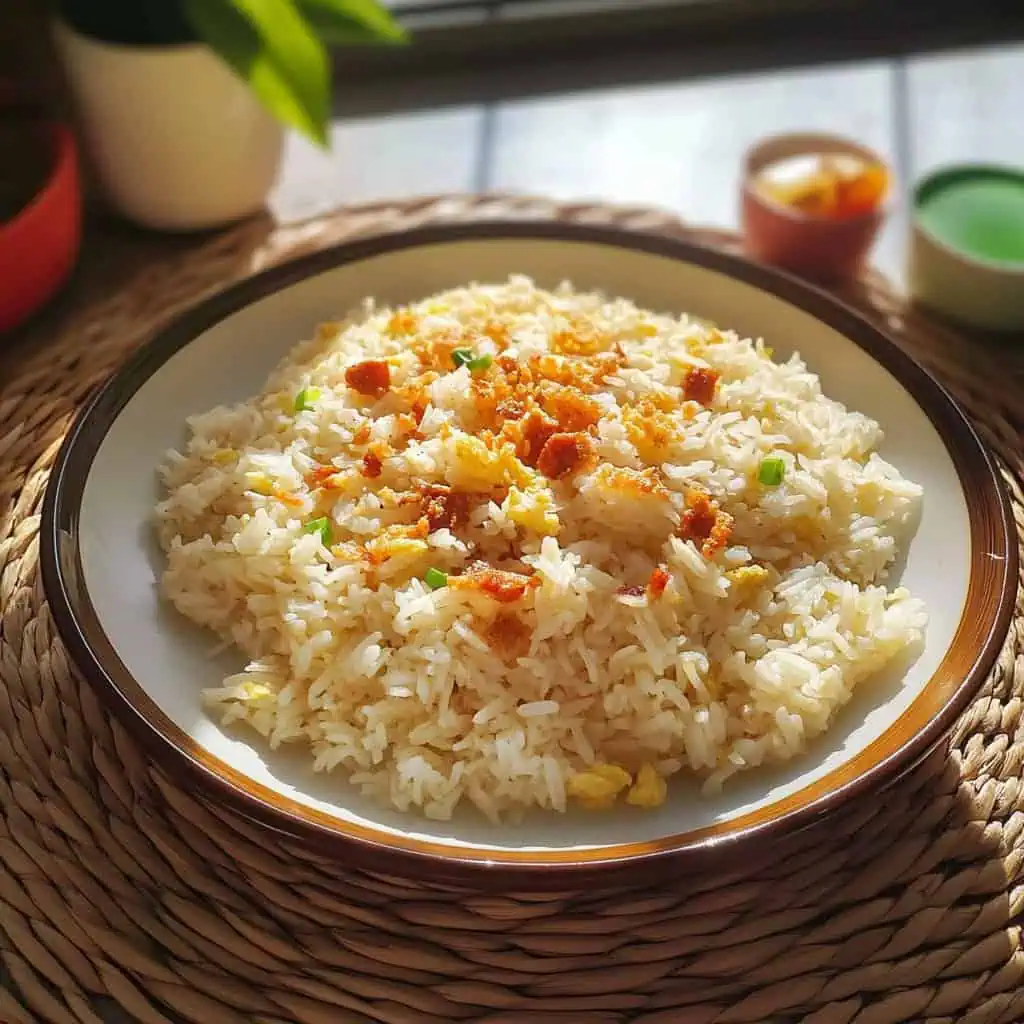





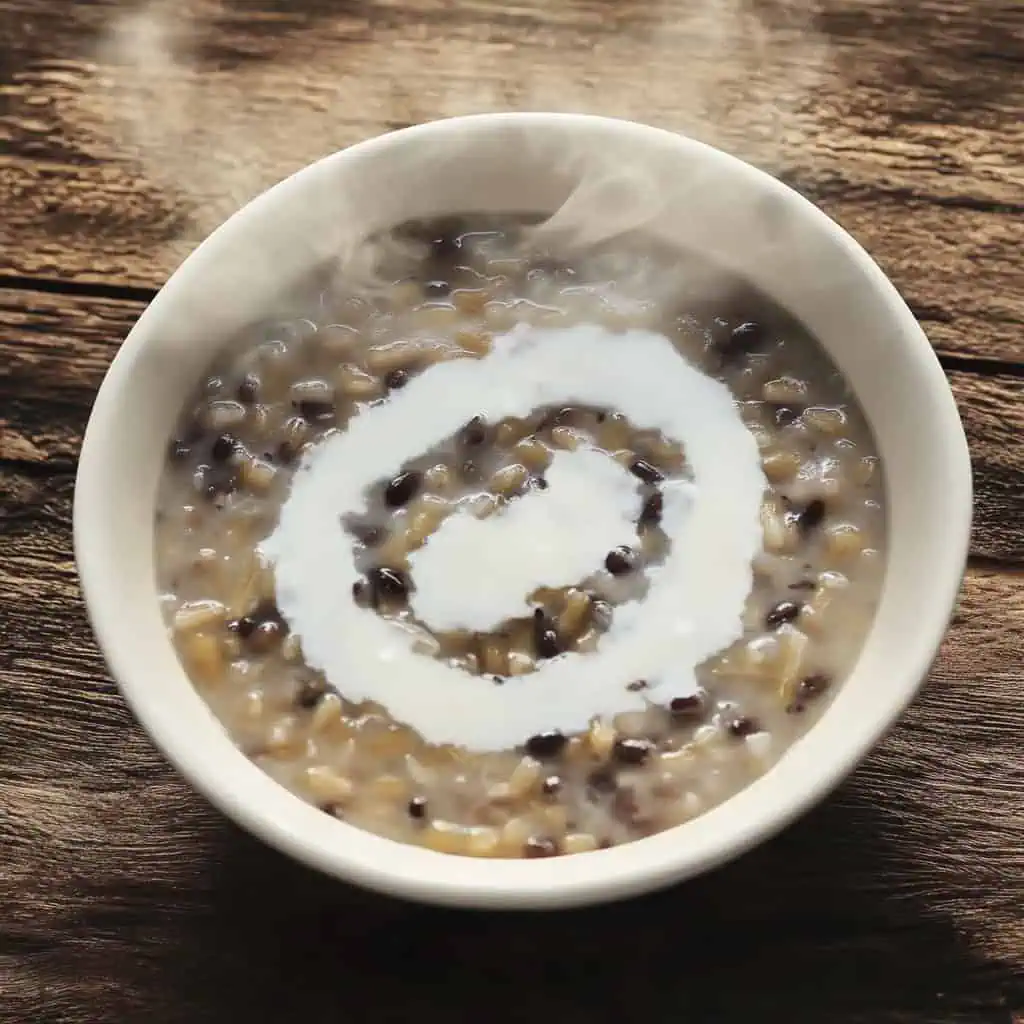

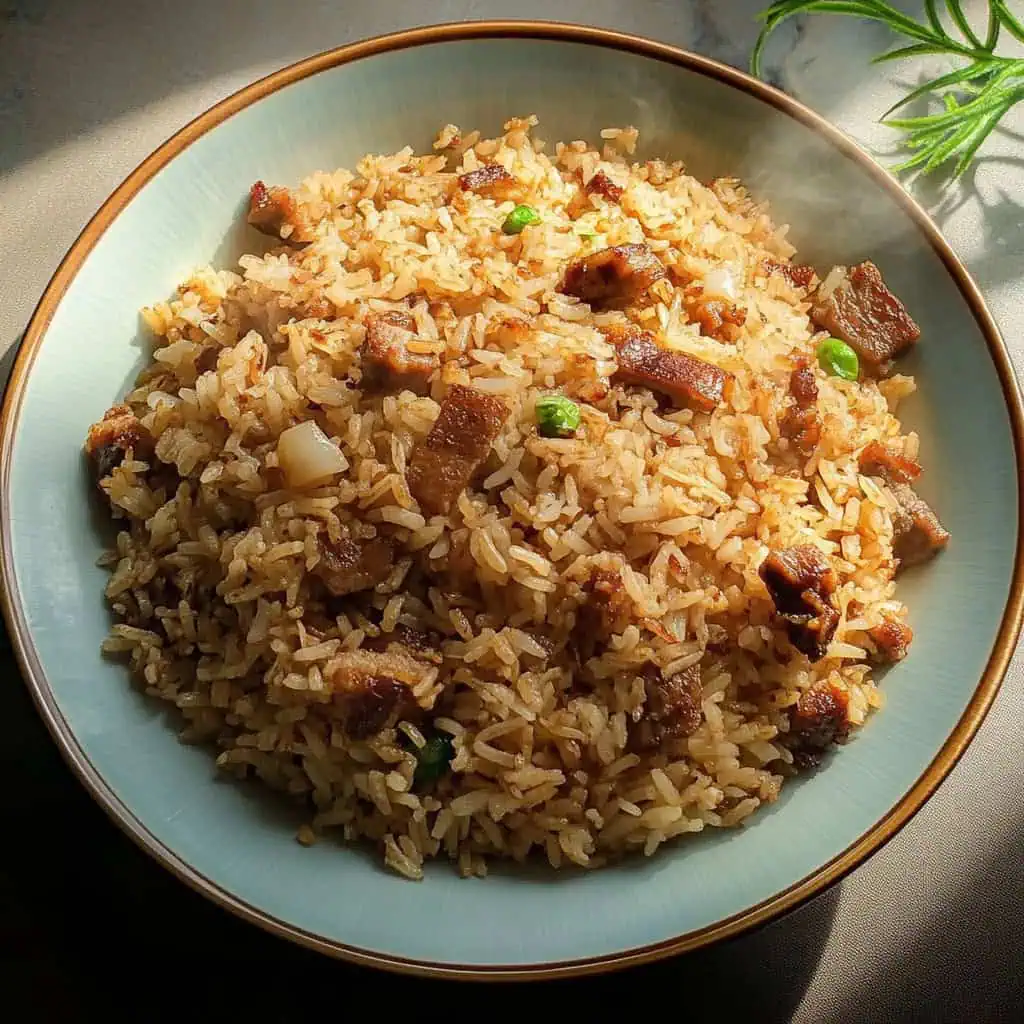
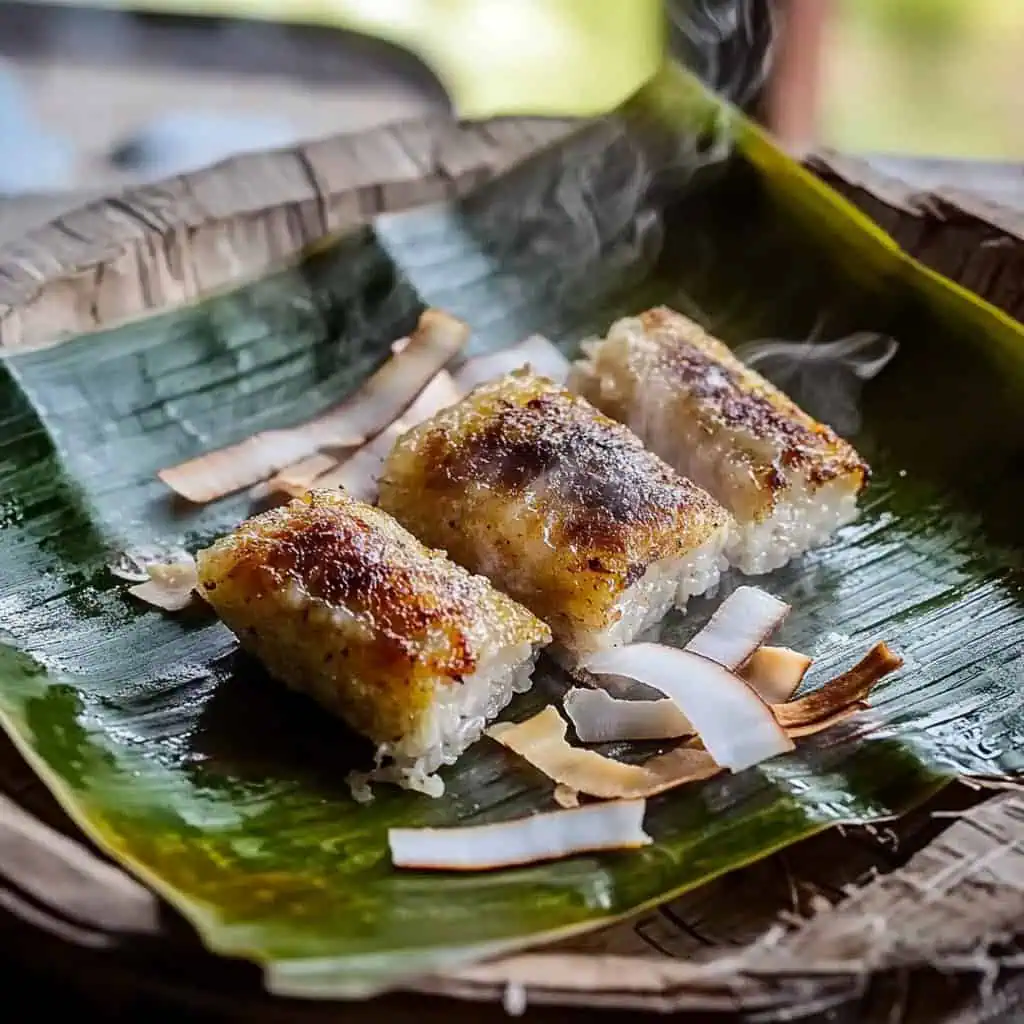
Comments
No Comments